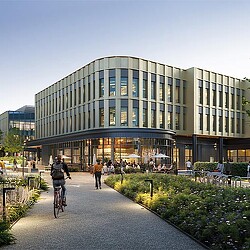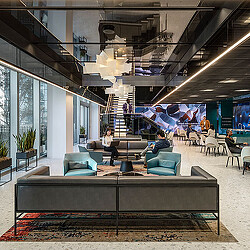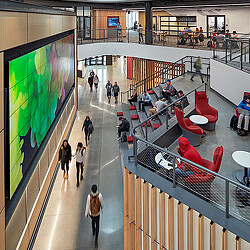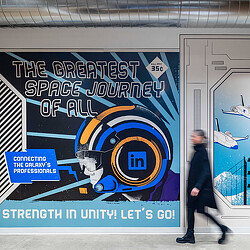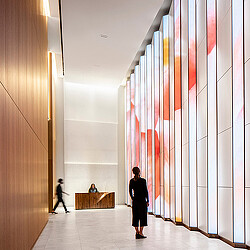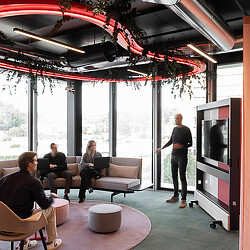Design as Storytelling: How AI Is Transforming the Way We Imagine, Create, and Connect
AI isn’t here to replace creativity. It’s here to amplify it — helping us move from inspiration to iteration with greater speed and substance.
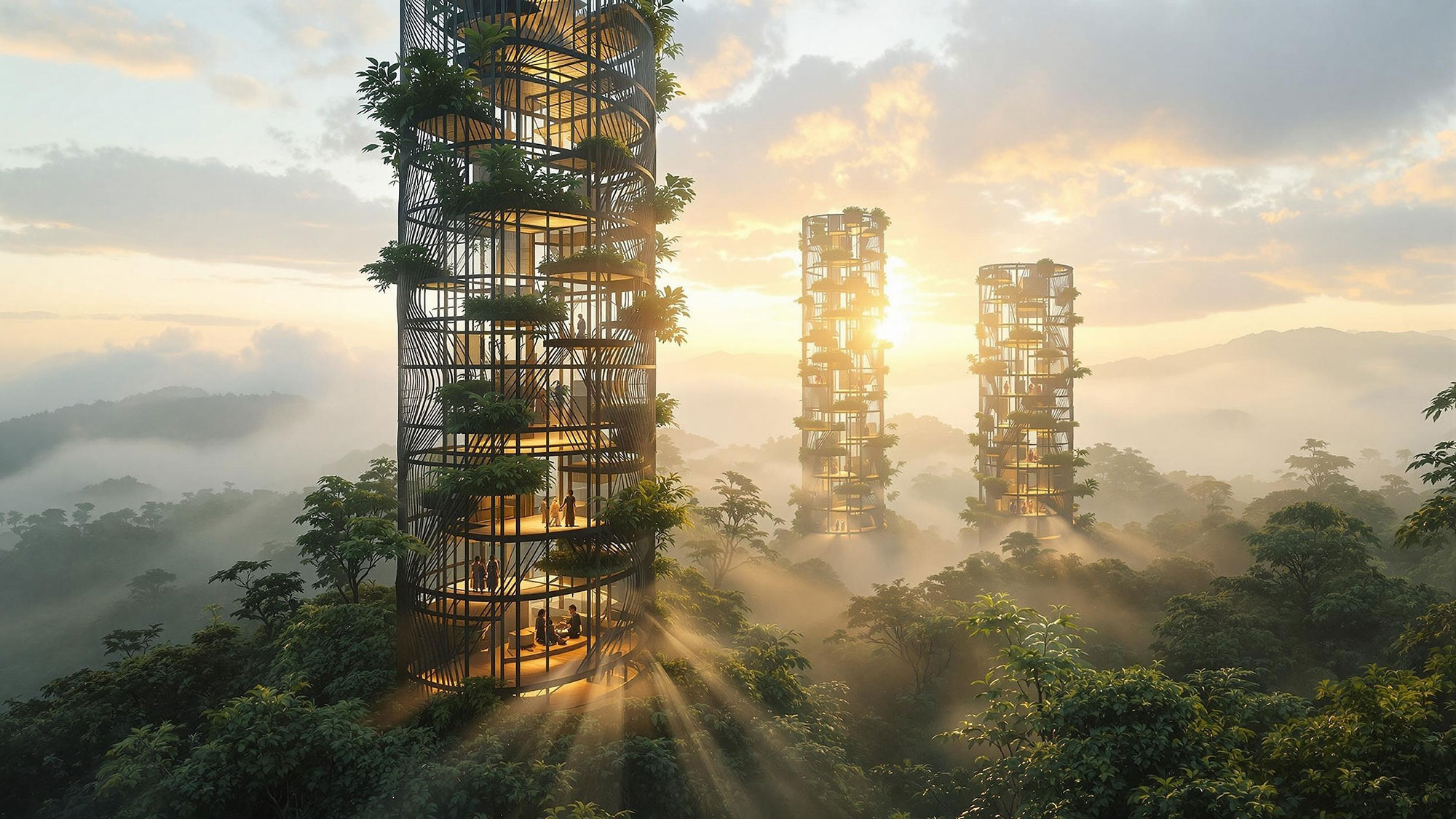
Editor’s note: This article was originally published on Fortune.
Every great space begins with a story — a community’s hopes, a culture’s values, a future imagined together. Whether it’s an arena, a hotel, or a city center, design at its best captures something deeper than form or function. It evokes emotion. It sets the scene for the stories we live every day.
Today, Artificial Intelligence (AI) isn’t just changing how we design; it’s transforming how we craft experiences through design. We see AI not as a substitute but as a creative partner — one that helps us illuminate the emotional core of a space long before it’s built. It allows us to imagine and communicate the human experience of design in ways that are more vivid and resonant than ever before.
At Gensler, our studios, designers, strategists, and storytellers — from Shanghai to San Francisco, London to Los Angeles — are embracing AI with curiosity and purpose. This isn’t about replacing intuition; it’s about expanding it. Teams are tapping into AI not just to move faster, but to go deeper — delivering the very best creative thinking, immersive storytelling, and future-forward design.
Ultimately, great design is remembered for how it makes people feel. A hospital that delivers calm and clarity. A school that sparks curiosity. A workplace that empowers people to do their best work. These aren’t static environments. They’re stories unfolding in real time, shaped by the people who move through them.
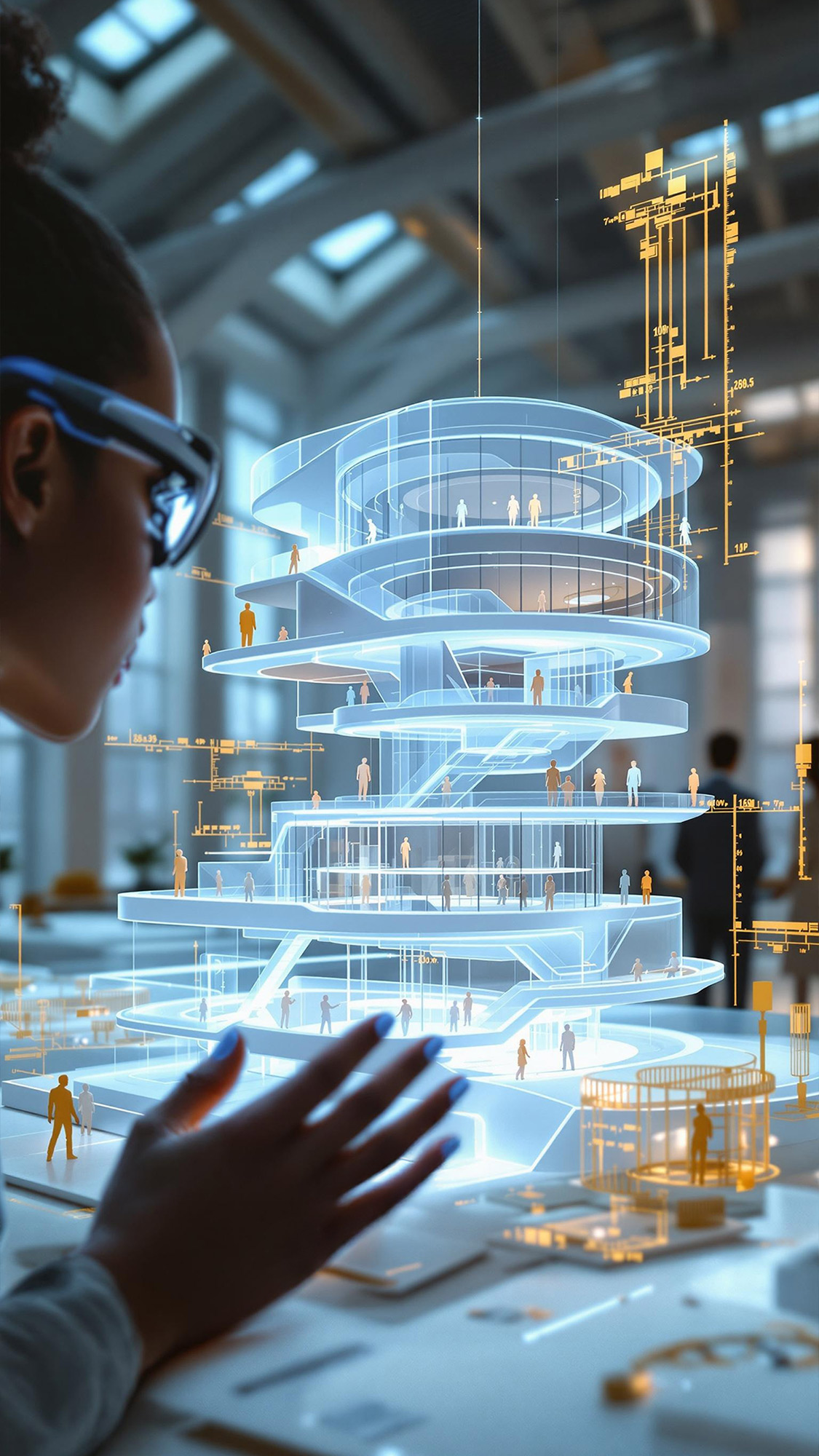
Prototyping Human Experience with AI
Imagine someone experiencing a medical emergency. They arrive at the hospital disoriented, but from the moment they enter, the space does its part — guiding them clearly and calmly toward care. With AI, we can design for that experience from the ground up, testing how layout, light, and flow support not just access, but comfort, speed, and dignity. These moments, once only imagined, can now be felt and refined in advance.
In an airport, we can project the journey of a traveler arriving late, stressed, and overwhelmed — and shape the space around them to offer clarity and relief. With AI, we can study how spatial elements shape experience: how natural light floods a concourse to reduce anxiety, how ceiling height and sightlines influence a sense of openness, how seating, flow, and acoustics create either chaos or calm. It’s not just about moving people efficiently; it’s about how the architecture itself supports their physical and emotional transition. In this way, we’re enhancing the entire journey — transforming the airport from a point of passage into a place of welcome.
In the workplace, we can simulate the subtle choreography of human interaction. A spontaneous hallway conversation that leads to a breakthrough. A team ideating in a shared space with the right light, acoustics, and flexibility. Even what a new employee might feel on their very first day — welcomed, oriented, and inspired, or lost in a maze of unfamiliar faces and spaces. AI helps us visualize how these moments unfold, allowing us to design not just for productivity, but for possibility, belonging, and connection.
These aren’t abstract concepts. We’re already using AI tools — generative video, scenario modeling, real-time rendering — to explore these narrative layers. We’re creating immersive previews that allow us to test how people might feel in a space, how atmosphere changes throughout the day, and how design can uplift or unintentionally inhibit. AI lets us storyboard design as a lived, emotive experience.
And our clients are feeling the difference. With these tools, we’re seeing dramatically faster design iterations and richer co-creation that allow clients to connect more deeply with the emotional and strategic intent of their projects — long before a plan is formalized. This early alignment builds not just consensus, but conviction — a shared vision that fuels purpose and accelerates decision-making. What once took weeks of iteration, we now explore in days, compressing the time from concept to clarity.
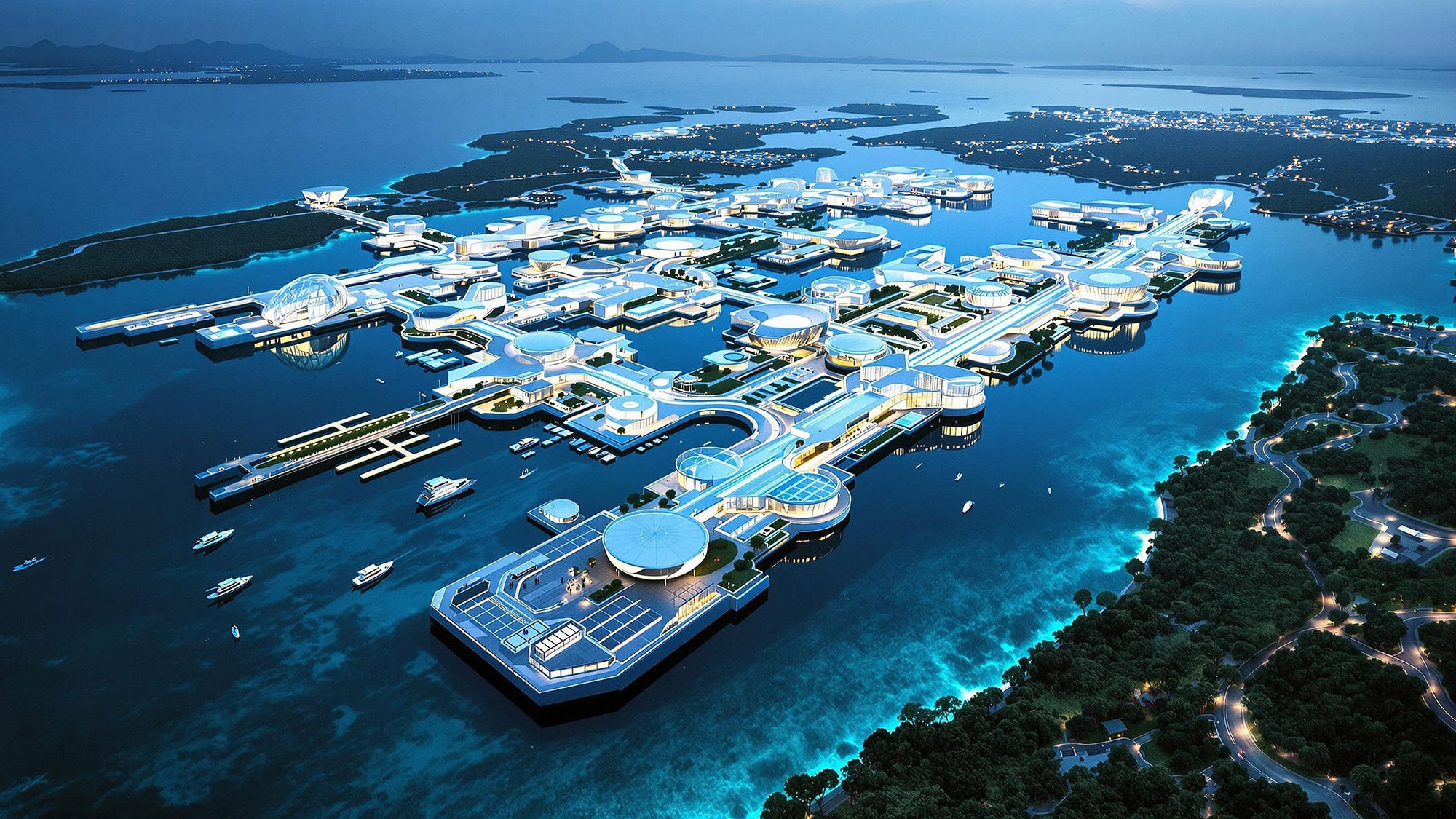
The Next Chapter of Design
This is the new frontier of storytelling in design. Yet even as the tools evolve, the role of the designer stays constant. Our job is still to listen, interpret, imagine, and inspire. AI technology simply gives us more ways to do that — with greater empathy, creativity, and precision.
But it also requires responsibility. We’re not just using AI — we’re shaping it to reflect the integrity of our craft. Rather than pushing a button, we’re building advanced, customizable workflows that honor the design process and the human stories at its core. From inclusive character generation to nuanced spatial simulation, our tools are guided by ethical, human-centered guardrails. Partnering with the most enterprise-ready platforms, we’re proactively designing a responsible AI-ecosystem — one that evolves with intention and care as the technology advances.
AI isn’t here to replace creativity. It’s here to amplify it — revealing emotional patterns we might otherwise miss and helping us move from inspiration to iteration with greater speed and substance.
In the end, AI can’t feel — but it can help us design for feelings. It can help us listen more closely, create more intuitively, and design with a sharper sense of humanity. Because spaces don’t just house stories; they become them. They hold our aspirations, our identities, and the quiet moments in between.
With the power of AI, we’re opening new channels to connect hearts and minds, creating experiences that resonate more deeply and endure far longer.
The question isn’t what we can design. It’s what we choose to design — and why. Because the future of design isn’t about machines. It’s about meaning. It’s about memory. And it begins with a story.
For media inquiries, email .

